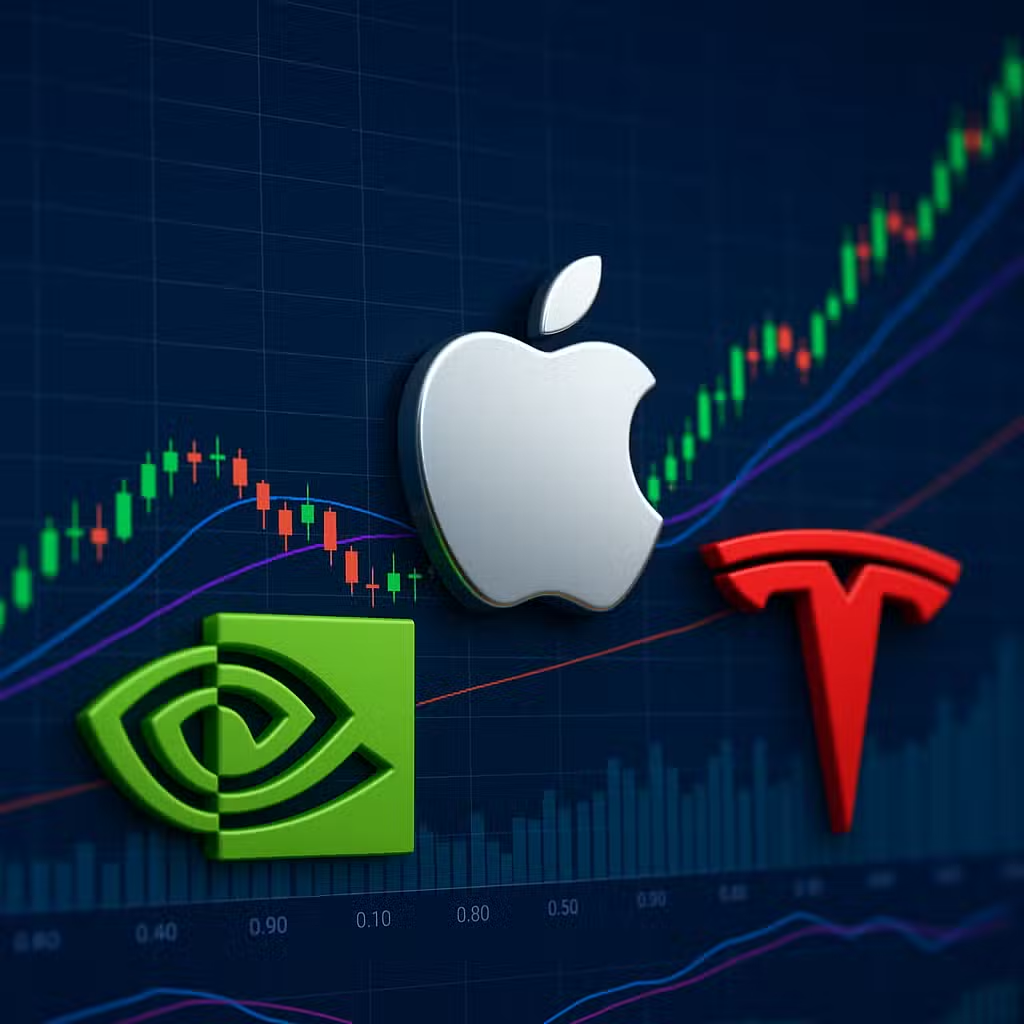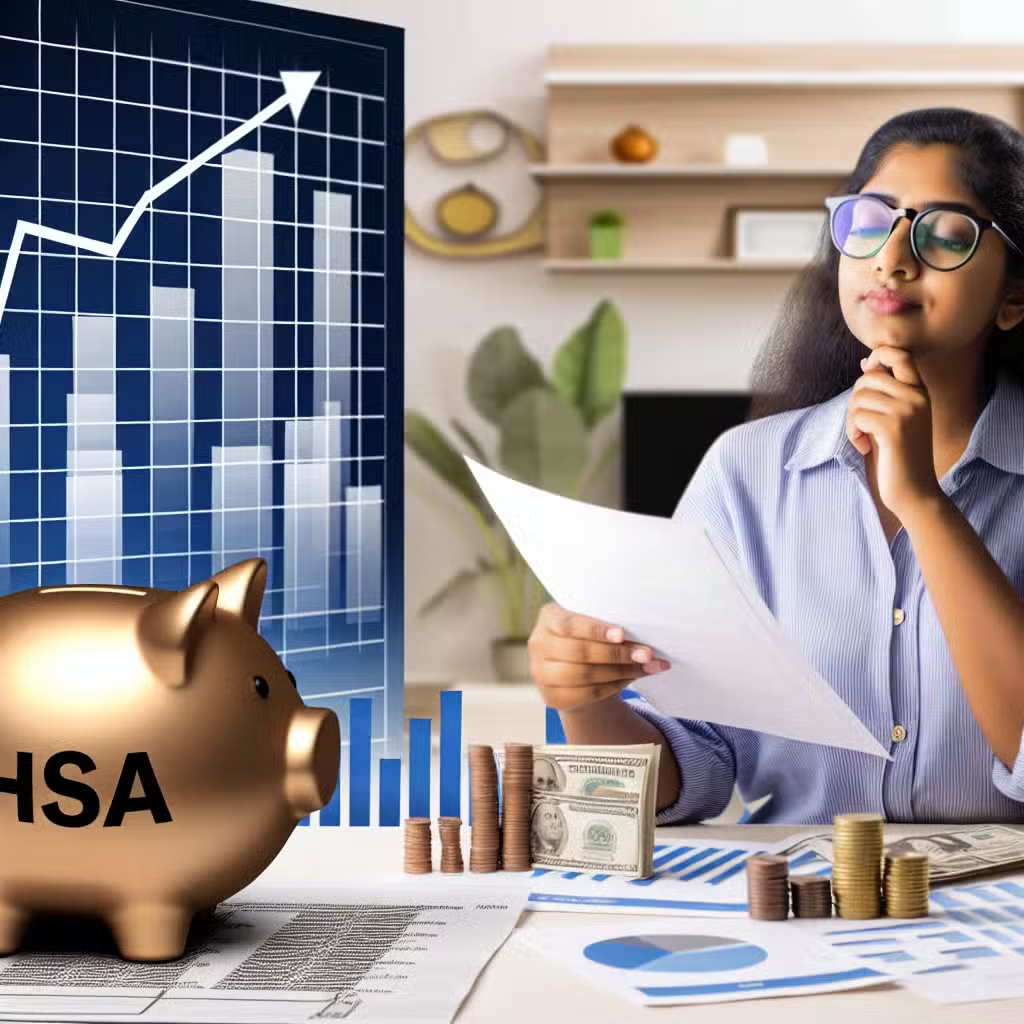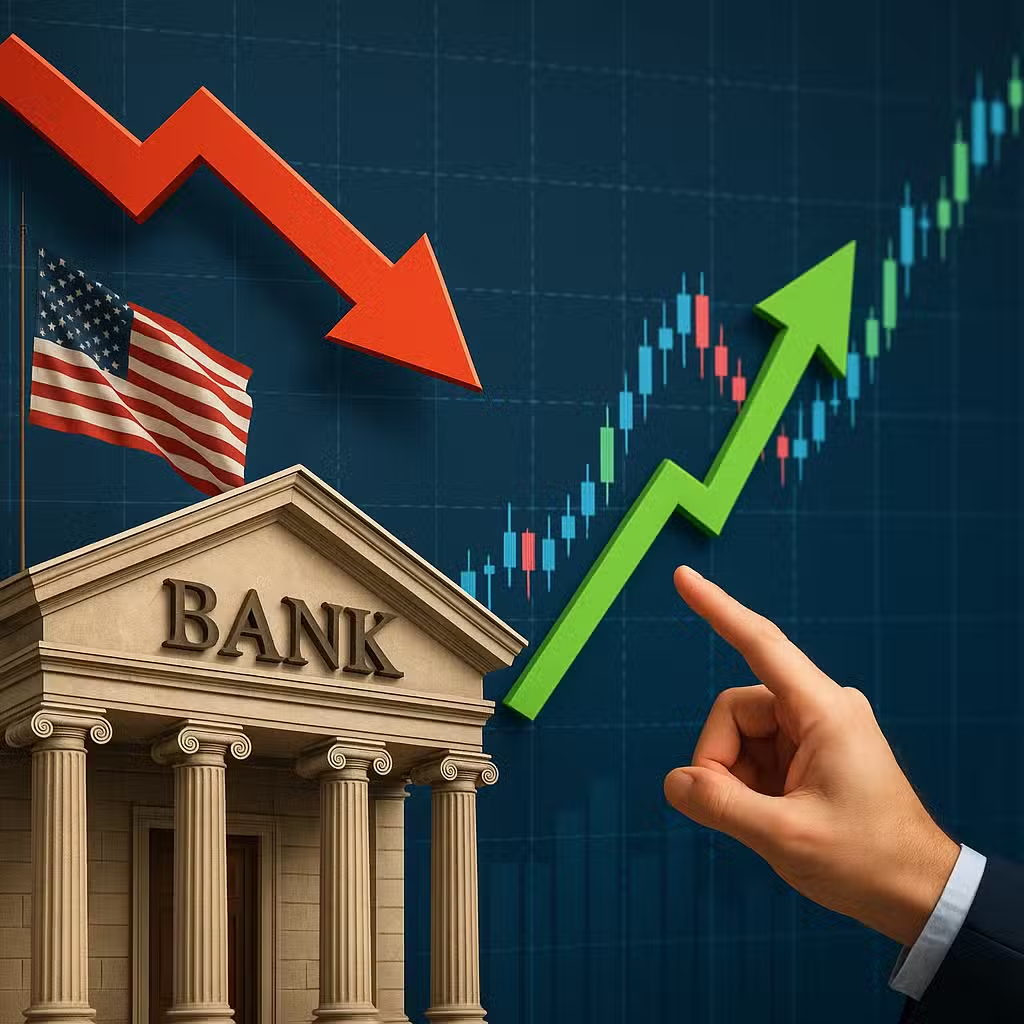Trump’s New Student Loan Forgiveness Plan: Key Eligibility Details Investors Should Watch
Imagine finally finishing a long road trip and seeing a “Welcome Home” sign—after years of paying down student loans, some borrowers are getting that kind of message. The government is erasing their remaining student loan debt, and that’s a big deal for millions of Americans.
Why This News Matters for Investors
Student loan forgiveness can shake up the economy, just like a sudden change in gas prices can affect everyone’s commute. When people have less debt, they often spend more money elsewhere. That can boost some companies and hurt others, which means investors need to pay attention to these changes.
How Loan Forgiveness Works Right Now
Right now, only borrowers in a special plan called Income-Based Repayment, or IBR, are getting their loans forgiven after many years of payments. This plan lets people pay a set part of their income each month, and cancels the rest after 20 or 25 years.
- If you borrowed after July 1, 2014, you need to make 240 payments (that’s 20 years).
- If you borrowed before that, you need 300 payments (that’s 25 years).
Borrowers who switched from other plans may still get credit for payments made under those plans, as long as they were income-driven.
Bull Case: Why This Could Be Good
- More Money to Spend: When people have less debt, they might buy homes, cars, or invest more, which can help the economy grow.
- Consumer Stocks Could Benefit: Companies that sell everyday goods or services could see more sales if former borrowers have more money in their pockets.
- Lower Default Rates: Fewer people struggling with debt can mean banks and lenders see fewer missed payments, which is good for financial sector stability.
According to the Federal Reserve, about 30% of adults under 30 have student loan debt, and loan relief could free up billions of dollars for other uses.
Bear Case: Risks and Drawbacks
- Backlogs and Delays: The system is slow. Government shutdowns and staff shortages can mean long waits for forgiveness, which frustrates borrowers and slows any positive effects.
- Uncertainty for Lenders: If rules keep changing, banks and investors who buy student loan-backed securities might get nervous, which can shake up the market.
- Not Everyone Qualifies: Only a small group is getting relief now, so the impact is limited compared to the total $1.6 trillion in U.S. student debt.
Historically, big changes in student loan policy can cause swings in education stocks and companies that service student loans. For example, when the government paused payments during the pandemic, some student loan servicers saw their revenues drop sharply.
What’s Next?
Bills to change student loan rules are still being debated in Congress, and court actions could change who gets relief. For now, if you’re not on IBR or haven’t paid long enough, you might not see any change. Processing times could stretch out even longer if the government faces more shutdowns.
Investor Takeaway
- Watch consumer and retail stocks—loan forgiveness could mean more spending in those sectors.
- If you hold education or student loan servicer stocks, keep an eye on policy changes that could affect their earnings.
- Stay updated on government actions; delays and rule changes can affect the market’s mood and specific sectors.
- Diversify your portfolio to prepare for both positive and negative surprises from student loan news.
- Remember, only a small group of borrowers are getting relief now, so don’t expect a huge market shift yet—but the story isn’t over.
For the full original report, see CNBC







